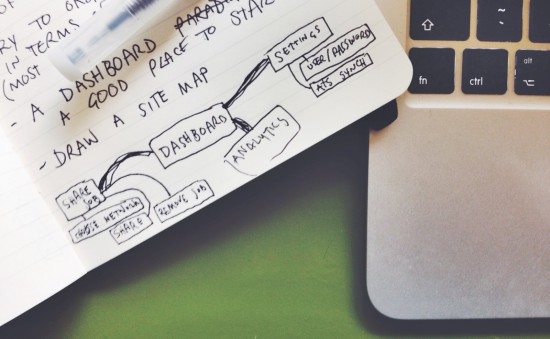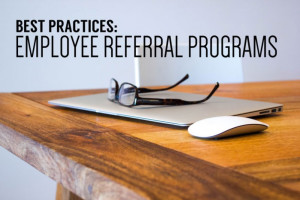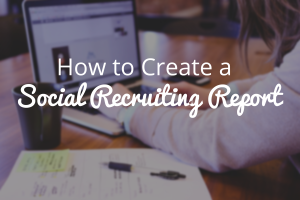
Tips for Improving Candidate Experience from a UX Pro
Candidate experience is at the heart of effective recruitment strategy.
Experience is what converts job seekers into applicants.
75% of jobseekers say that the look and feel of a job posting influences their decision to apply (Source: HireRight) and 30% of these candidates will leave the job posting without applying.
The application process itself is also a key factor considering that another 30% of the applicants left will abandon your job post without completing their application! (Source: Smashfly)
These drop-off rates may have something to do with almost half of jobseekers rating their experience as poor, or VERY poor (Source: MysteryCandidate)
Oh, and not only does poor experience result in an immediate loss, but it also negatively affects application potential as over 60% of candidates who have a positive application experience with a company will go on to recommend that company to their friends. (Source: Forbes)
Conversely, candidates who have a negative experience will actively discourage their friends from applying for a company’s jobs!
Why such dismal numbers?
User experience is hard.
User experience is hard to get right even if you are a tech company with a whole team dedicated specifically to user experience. I think it’s safe to assume that most HR departments do not have such a team.
That’s why I asked former Jobcast designer Leif Parker to share some tips for improving your candidate experience.
Leif specializes in user experience. His job is to use design to influence how users navigate a site and how they experience that site all with a goal of improving conversion rates.
Here are his 3 tips for improving candidate experience:
Determine Your USP
Your USP (unique selling point) is what sets you apart from other employers. It’s what makes your organization different and better.
This could be your company culture, flexible work options, or an awesome vacation package.
Your USP needs to be clearly communicated to candidates on your career-site landing page (where job seekers first land on your site), through your employer branding, and in your job posts.
Think of Every Possible Action
Consider what actions a jobseeker might take on the road to becoming an applicant and the results of those possible actions.
If, for example, you are a design firm in Austen, chances are that the candidates you want to attract are Googling “Design jobs in Austen.”
Make a list of the most common actions you come up with.
It might look a little like this:
Google Search
Facebook Search
Visit Company Facebook Page
Visit Company Website
Click on Job Post
Apply to Job
Upload Resume
Connect on LinkedIn
But a lot longer!
Now curate this list.
Find a way to cut out any and all actions that are unimportant or redundant.
For example, if your application process requires a candidate to fill out five pages of information about themselves, then don’t require that they also attach a resume… Or better yet, give them the option to auto-fill their application using “Apply with LinkedIn”.
Cutting out actions that candidates must take to apply for your jobs will improve their experience by making it shorter and easier.
Imagine Common User Flows
A user flow refers to a series of actions a user makes.
Normally when designing Leif would recommend considering the following three user flows:
New User
Common User
Power User
To make this tip work for recruiting, think about the most common ways jobseekers find your job postings and go from there.
If potential hires find you via ads on job-boards, Twitter, and referrals, then assess those users’ actions to understand what their common user flows are.
For example: A jobseeker that found your company on Twitter typically clicks on a job posting that you tweeted, then navigates from that job posting to your “About Us” section, then returns to the job posting, and applies for the job.
Whereas a jobseeker who found out about your company through a referral typically Googles your company, and then emails your hiring manager directly rather than going through the typical application process.

Sketch out typical user/candidate flows and pay attention to what specific actions must be available in order to facilitate the application process. Then follow the different flows.
This will show you if there are any roadblocks in your candidates’ way, or if there are any gaps that need filling in to make the application process easier.
Candidate experience will determine both the quality and quantity of applications you get, so make sure you give it the attention it deserves.





